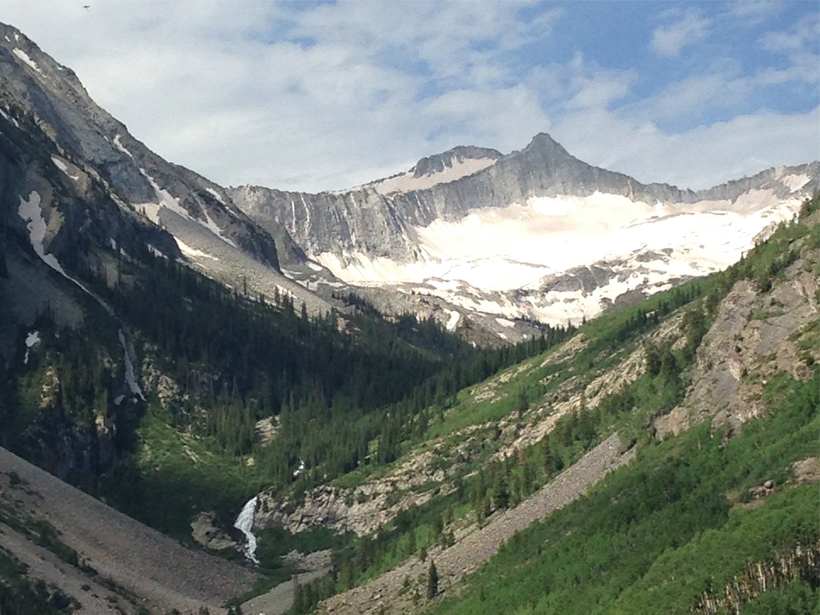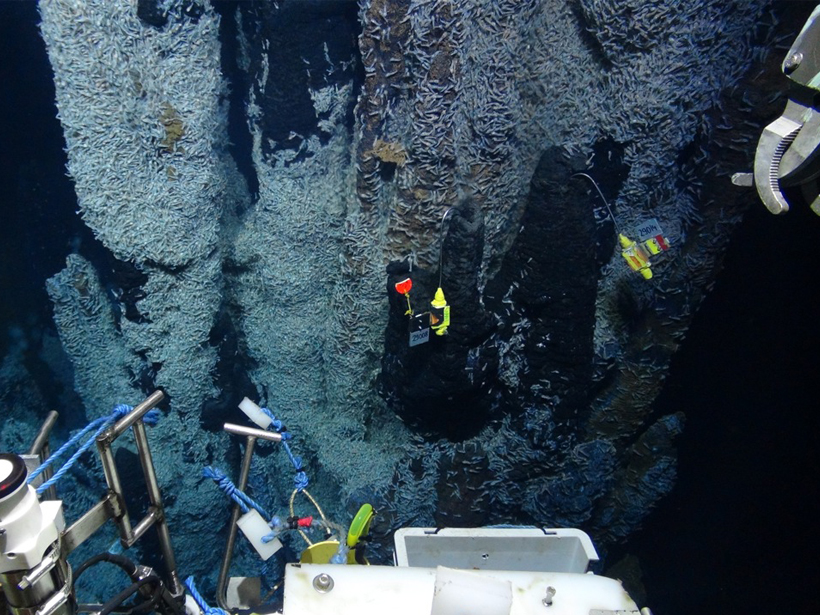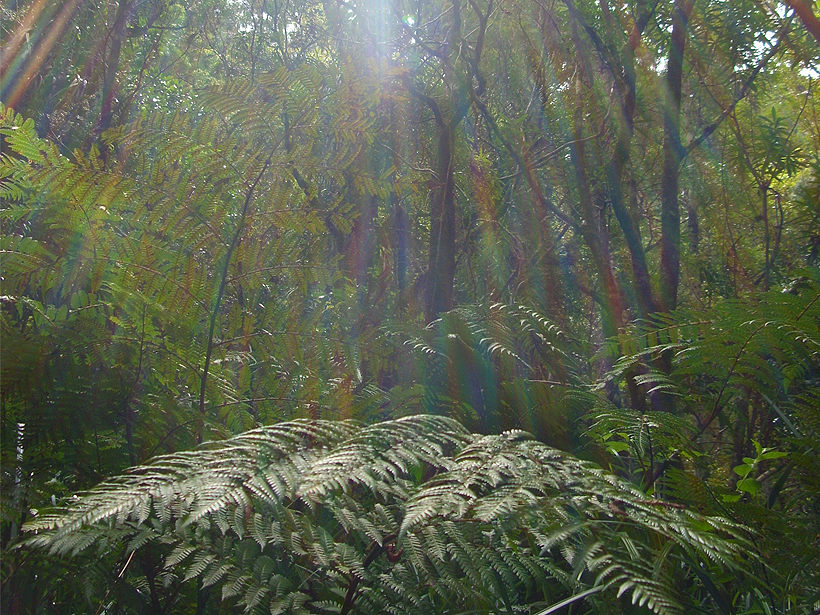Assessment of ecosystem services—the benefits society receives from ecosystems—can be improved by including broader spatial and temporal scales of geosciences perspectives.
Earth science
Novel Vents Built from Talc Found Far from Mid-Ocean Rift
Researchers discovered the first new variety of hydrothermal vents in a decade—a finding that may give clues to how oceanic crust cools.
Sonia Esperança and Robin Reichlin Receive 2015 Edward A. Flinn III Award
Sonia Esperança and Robin Reichlin received the 2015 Edward A. Flinn III Award at the American Geophysical Union Fall Meeting Honors Ceremony, held on 16 December 2015 in San Francisco, Calif. The award honors "an individual or small group who personifies the Union's motto 'unselfish cooperation in research' through their facilitating, coordinating, and implementing activities."
Creating Resilient Communities Through Earth Science Data
Federation of Earth Science Information Partners 2015 Summer Meeting; Pacific Grove, California, 14–17 July 2015
Geochronology: It's About Time
Chronology is at the heart of all geosciences, but its ubiquity has given it an image of a useful tool rather than a foundational discipline of its own.
Developing New Rock Magnetic Tools to Drive Geoscience Research
First Order Reversal Curve Workshop (FORCshop); Minneapolis, Minnesota, 23–24 July 2015
Taking the Pulse of the Earth's Surface Systems
As human activity alters the Earth's surface environment in unprecedented ways, a comprehensive survey campaign is necessary to predict future impacts.
Aftershocks of Old Quakes Still Shake New Madrid Seismic Zone
Geodetic data show that earthquakes in 1450 and 1811–1812 may be responsible for present-day seismic activity in the region.
Opportunities for Improving K-12 Geoscience Education
The Next Generation Science Standards present a set of performance expectations for stronger understanding of Earth and space science.
Climate Variability Across Scales Affects Ecosystems over Time
Given enough time, short-term variations in temperature, precipitation, and solar radiation influence the fluxes of water and carbon through ecosystems.









